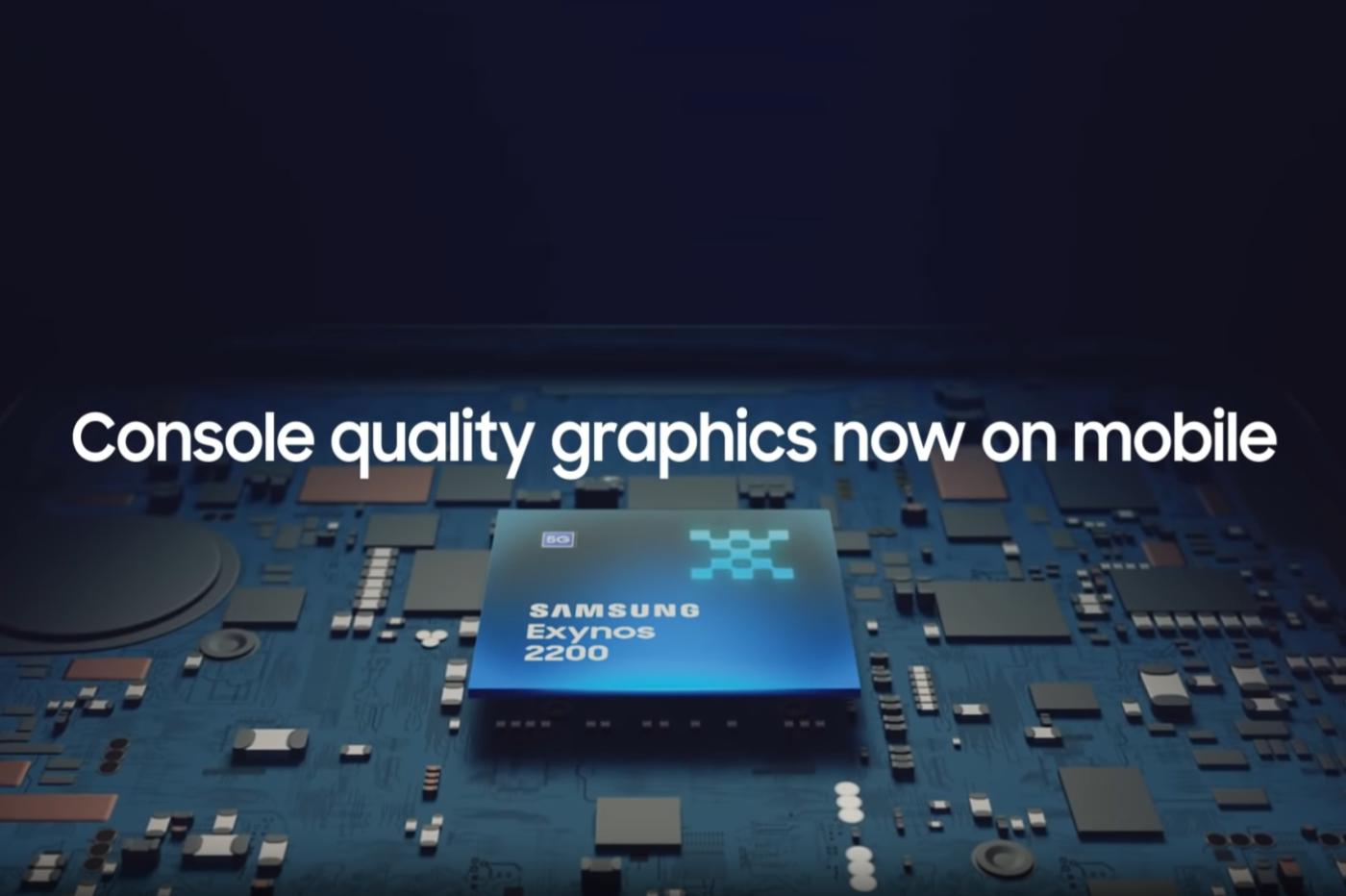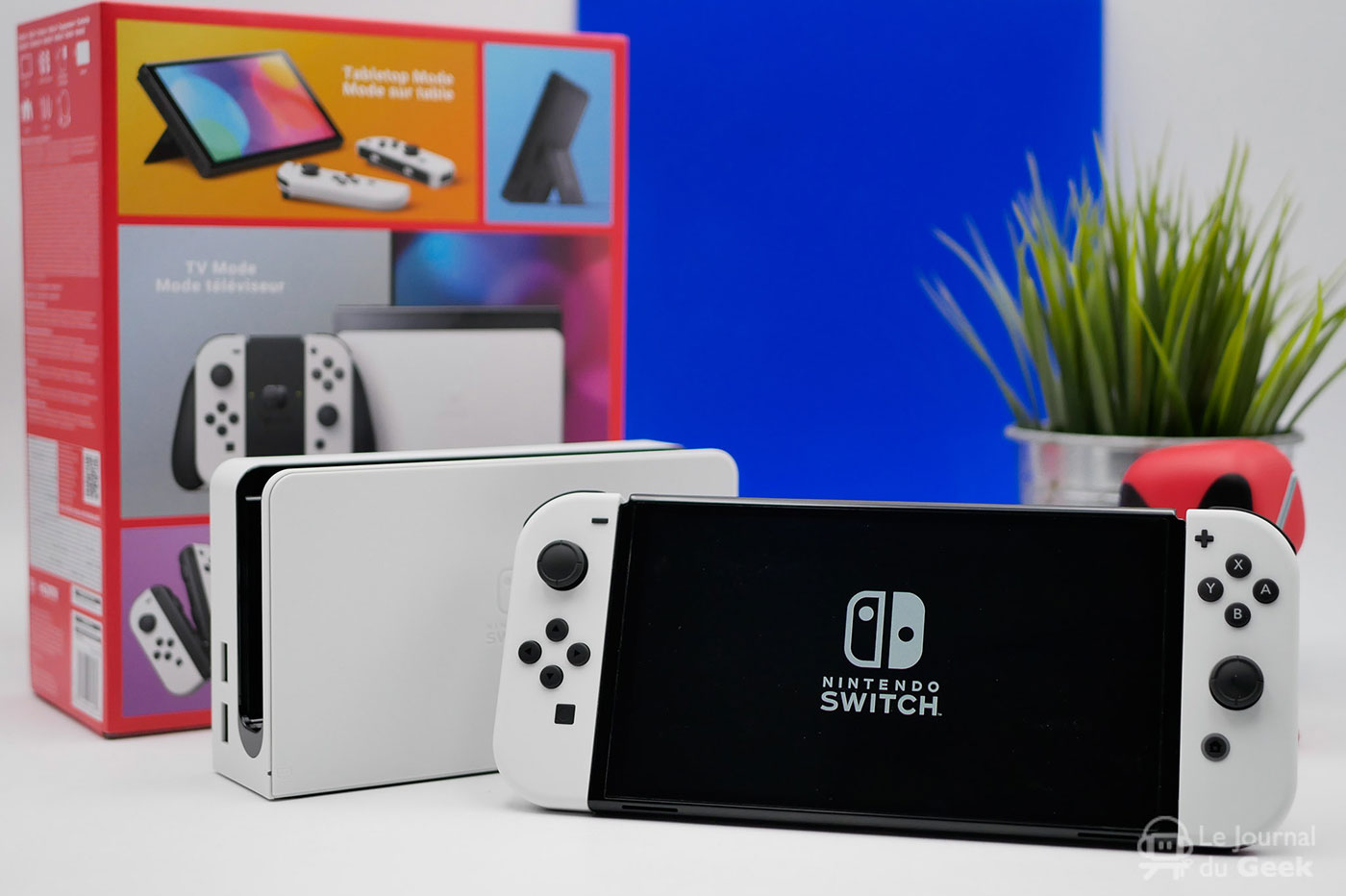
Samsung’s latest SoC promises to step up a gear with a secret ingredient: AMD’s RDNA 2.
Samsung has just announced the Exynos 2200, the latest addition to its SoC line. It is expected to be the very first smartphone chip to benefit from AMD’s RDNA 2 technology, which should give it some pretty impressive performance.
Like all the latest generation chips, this Exynos 2200 will be a hybrid SoC embedding several cores with different functionalities. Four low-powered, but extremely efficient Cortex-A510s will take care of background tasks and other light-duty processes. Intermediate tasks will be supported by three Cortex-A710 cores. Finally, a Cortex-X2 will take care of the tasks that require the most raw power.
Regulars will have already noticed that it is an organization strictly identical to that of the leaders of the Android market, starting with the recent Snapdragon 8 Gen 1 from Qualcomm, oh so promising. We can therefore expect performance worthy of its high-end status.
RDNA 2, the secret ingredient of the orange team
Obviously, we will have to wait until we can put our hands on the chip to know for sure. As it stands, the Korean firm has yet to reveal all the technical details about the individual cores. But it is in the graphic part of this SoC that the most interesting information is hidden. Indeed, it embeds a brand new Xclipse 920, the very first smartphone GPU to benefit from RDNA 2.
The arrival on mobile of this technology initially developed for the PC universe is not insignificant. Thanks to it, Samsung hopes to offer a chip “positioned between game consoles and mobile graphics processors“, in order to “ending the old era of mobile gaming”. Just that !
The claim is very ambitious, but also particularly exciting. Because until now, Exynos chips were very far from being able to compete with the gratin of the Android ecosystem; traditionally, Qualcomm’s Snapdragons were consistently better on almost every level. But that could change with the arrival of RDNA 2 technology.
This opens the door to graphics technologies that were just there exclusively for PCs and dedicated consoles. For example, we can cite VRS (Variable Shading Rate), but also and above all ray-tracing, which is already working wonders on high-end PCs. In theory, this chip will therefore be able to do wonders on the graphics part.
On the display side, it will be able to deliver 144 images per second in QHD +. On the processing and capture side, the chip will also benefit from a new image signal processor. This will allow it to work with photo sensors up to 200 MPx. It will also be able to cash capture in 4K HDR, 4K at 120 FPS, and even 8k at 30 FPS.
Of course, it will also be equipped with the latest standards in terms of connectivity, from 5G mmWave and sub-6GHz to Wi-Fi 6E and Bluetooth 5.2. Samsung is also hinting at new advanced security features.
According to Samsung, these chips are already in production. They should therefore come to garnish Samsung devices very soon. In particular, we expect to see them on certain variants of the future Galaxy S22, which should land very soon. Will he finally be able to get the answer out of the game in the first benchmarks in a few weeks?



